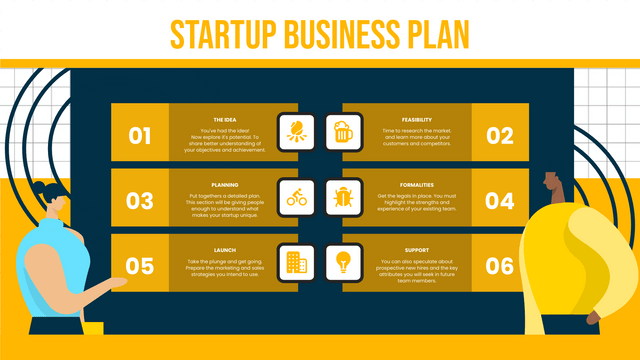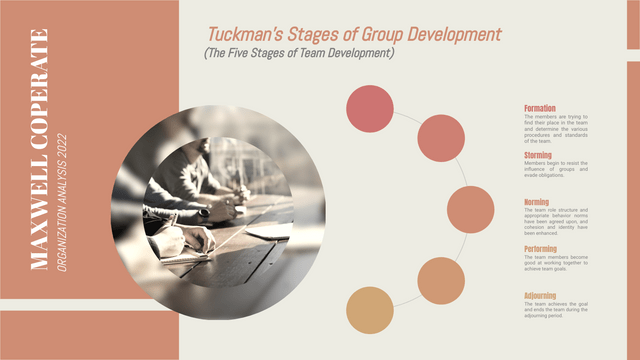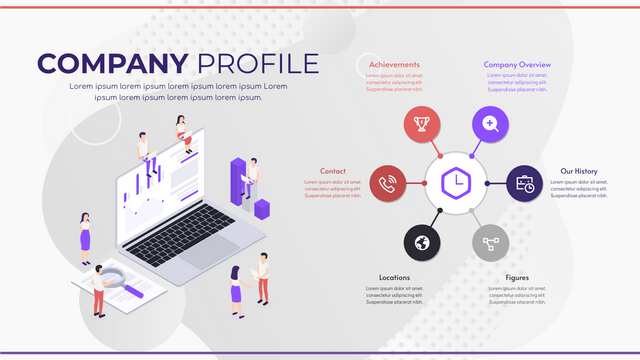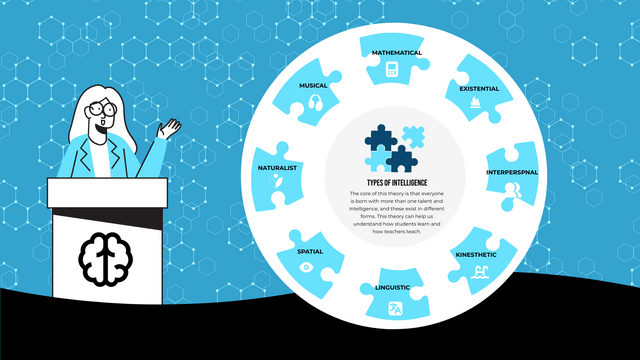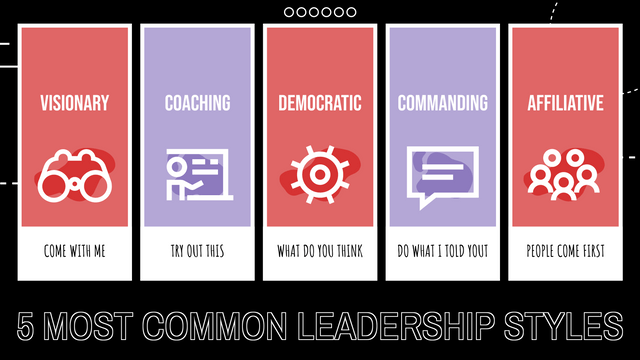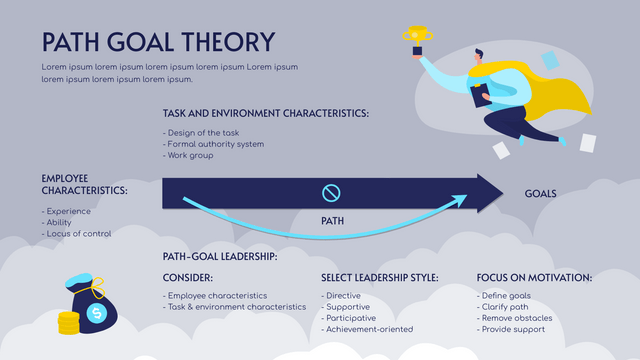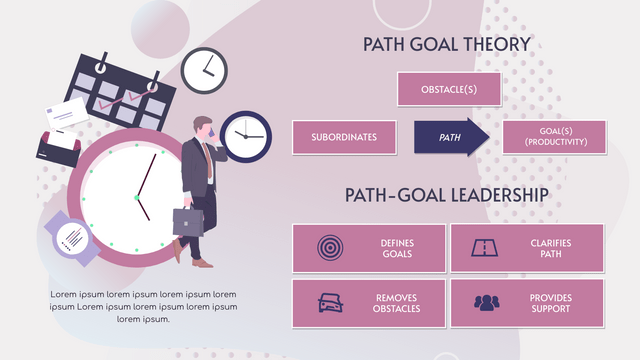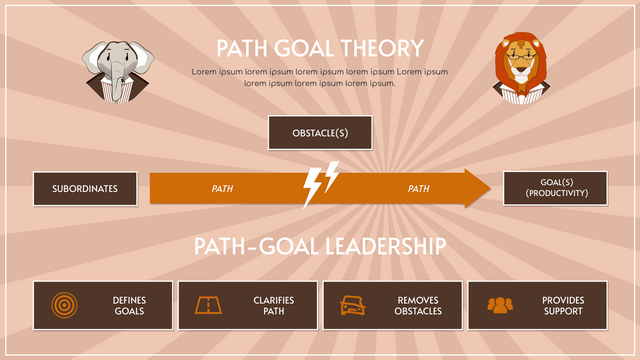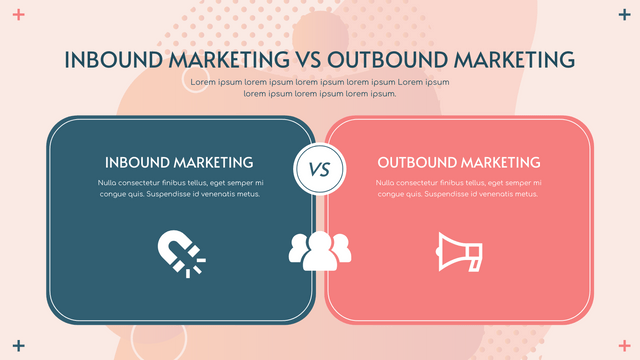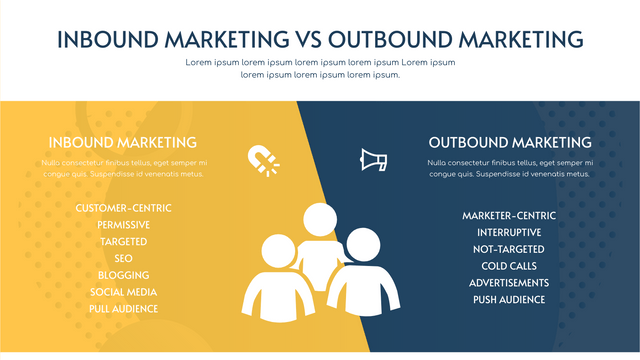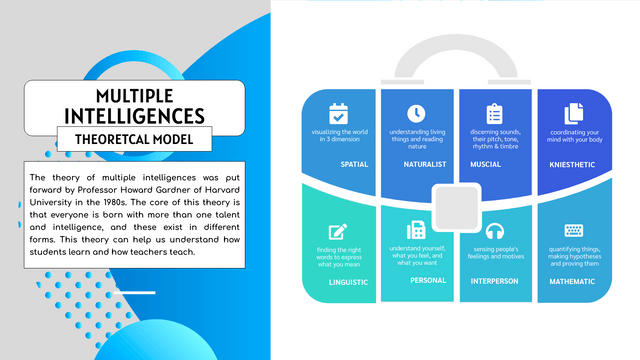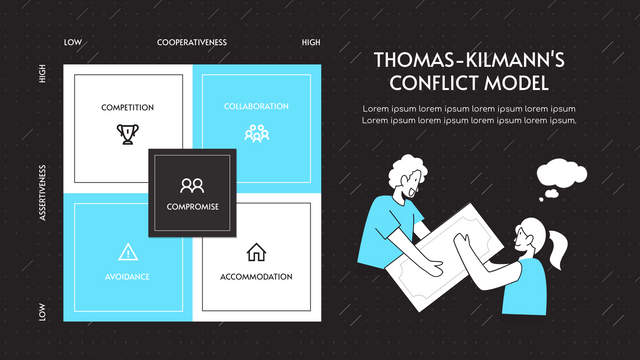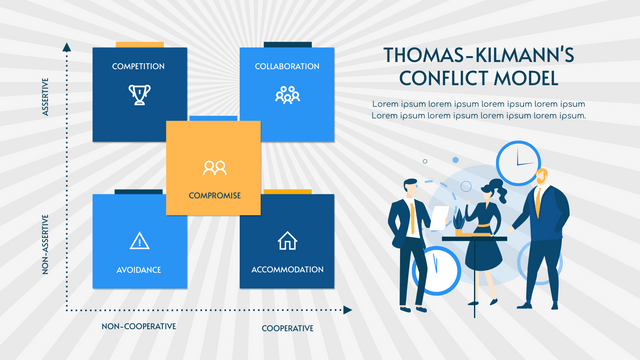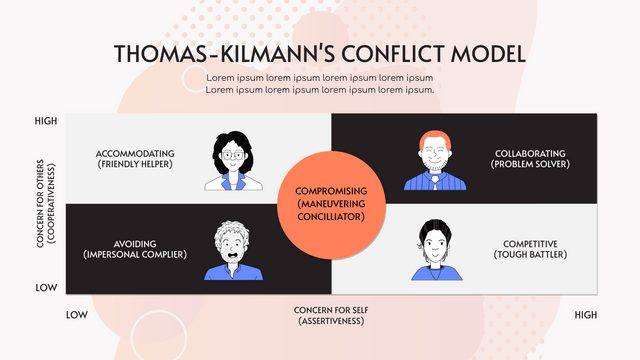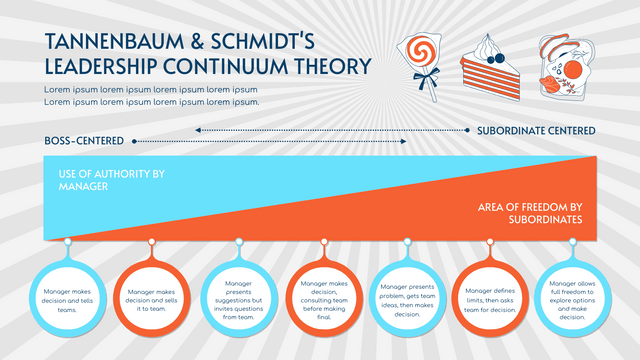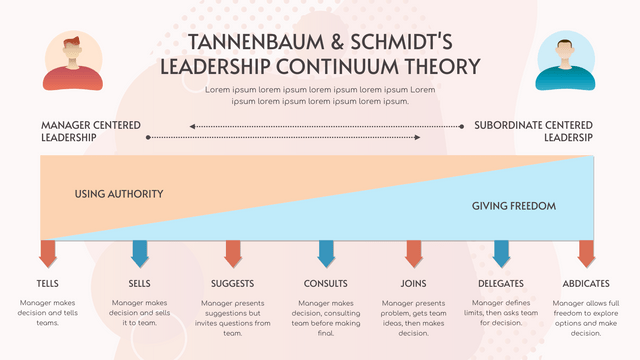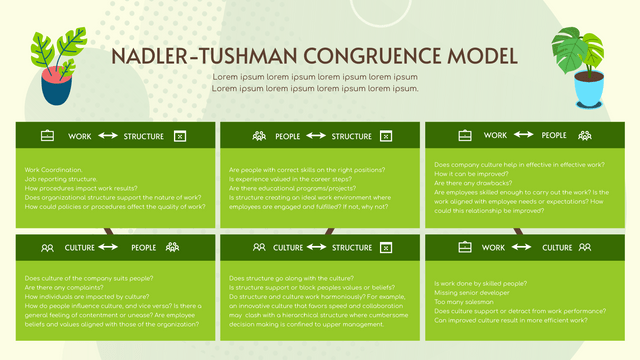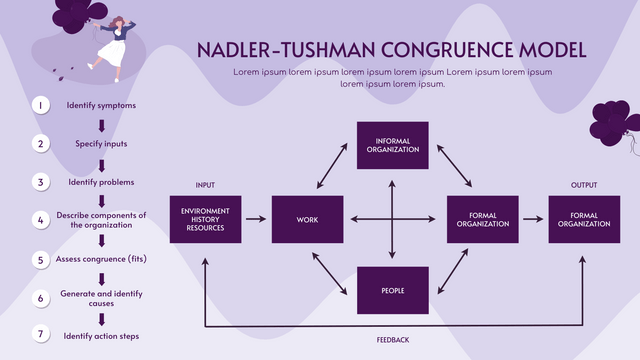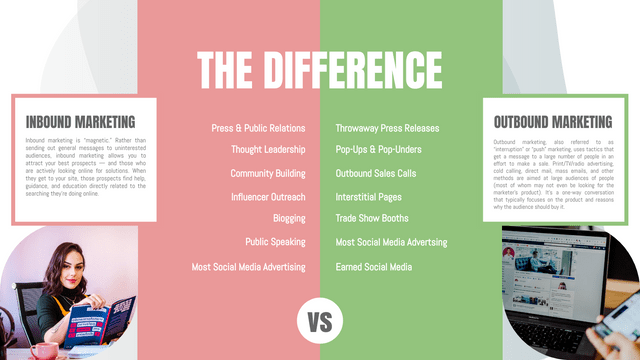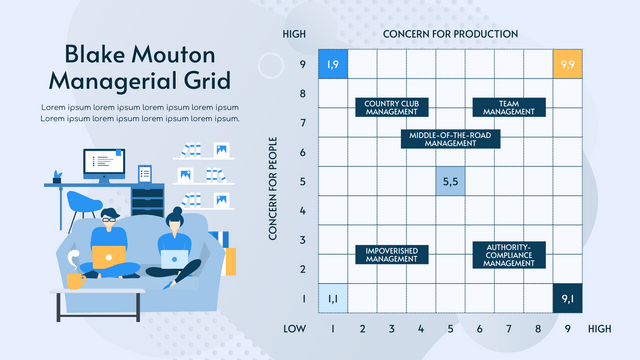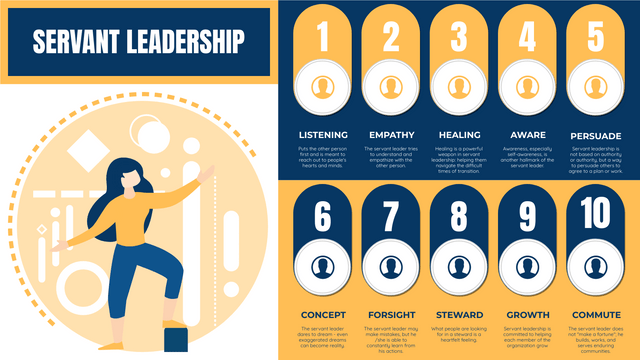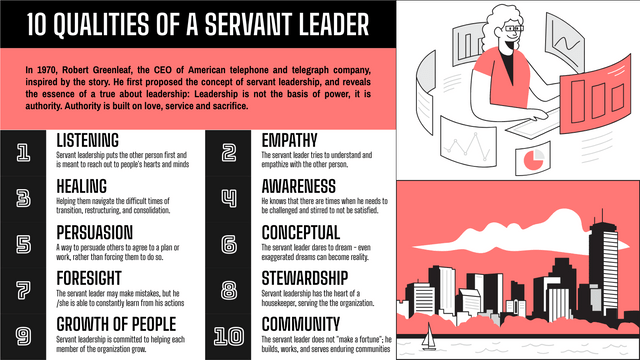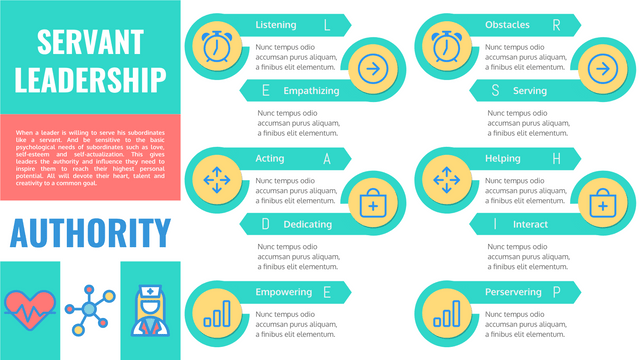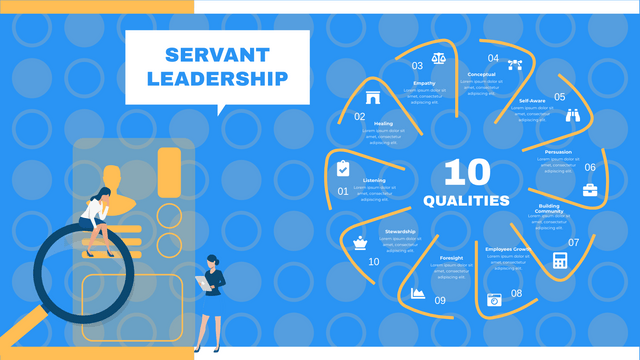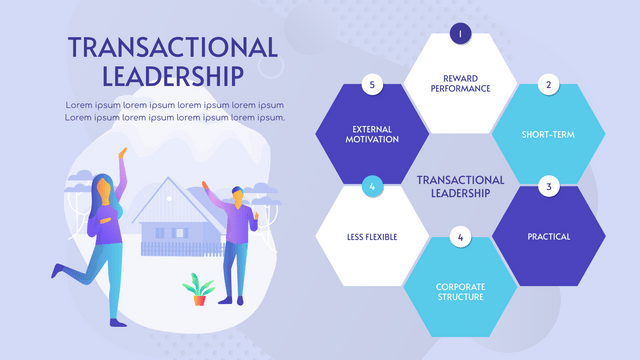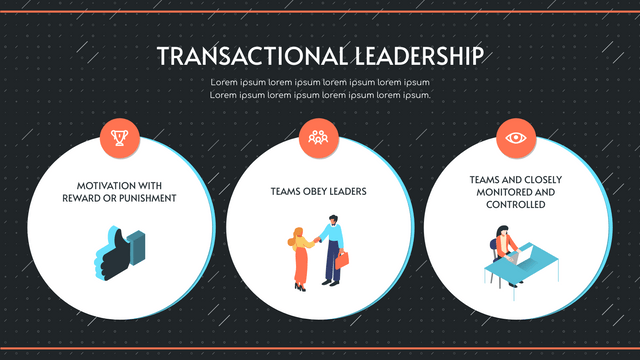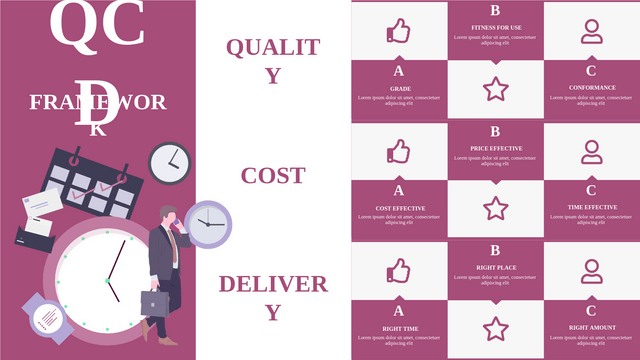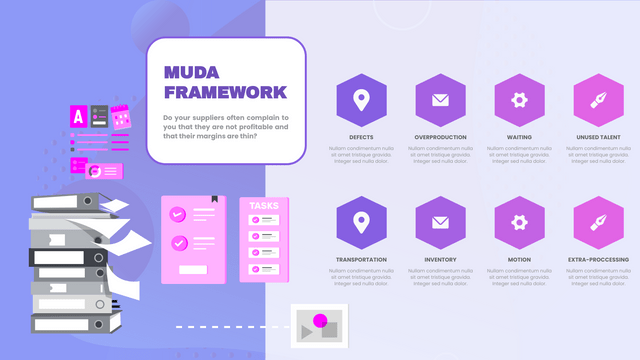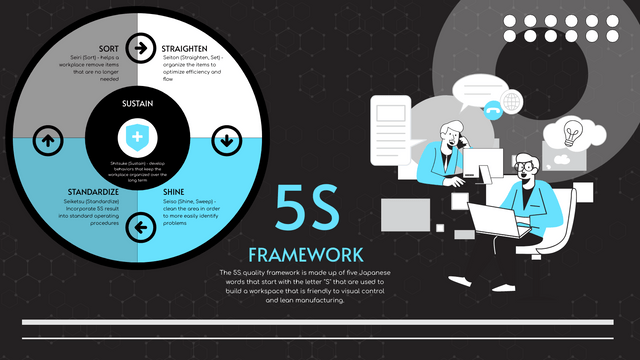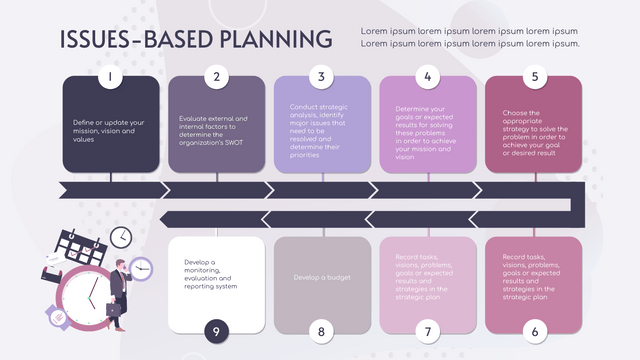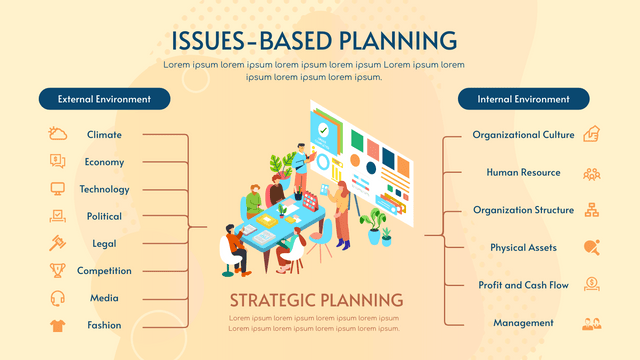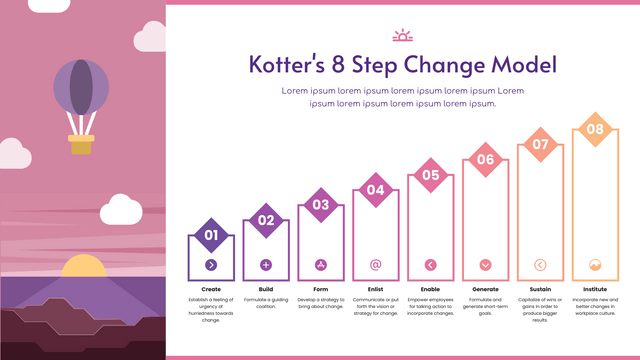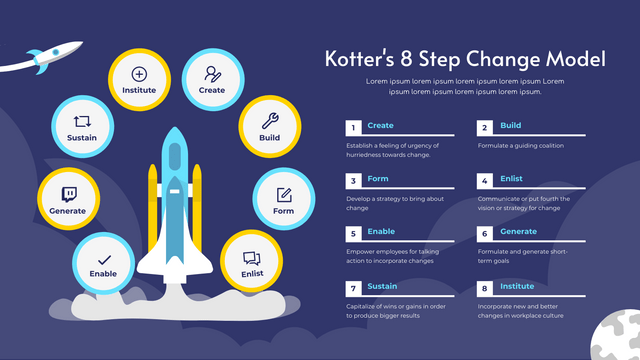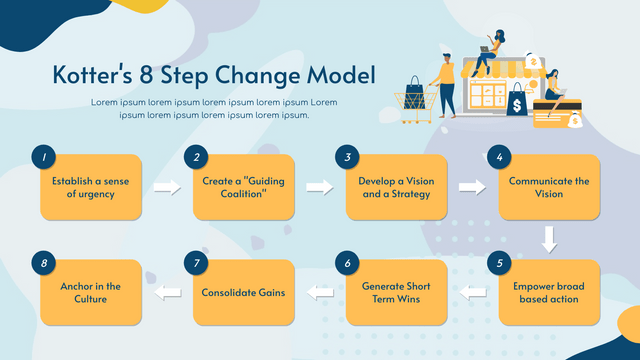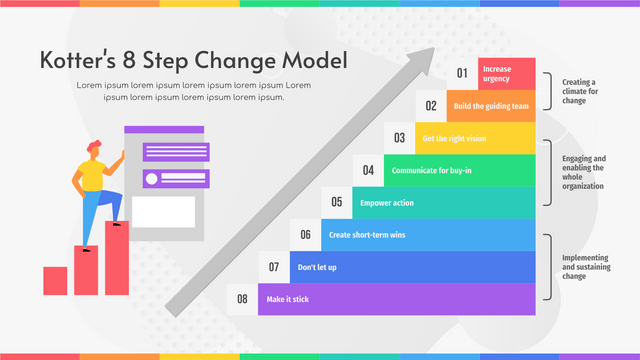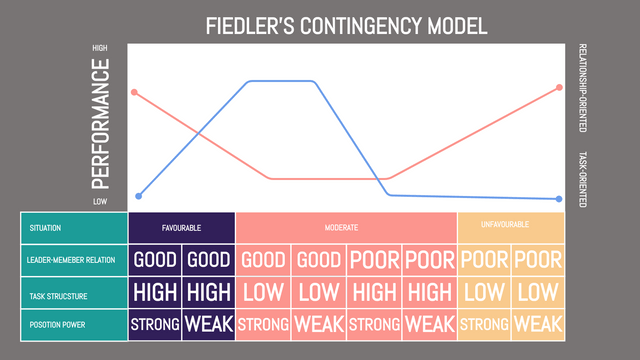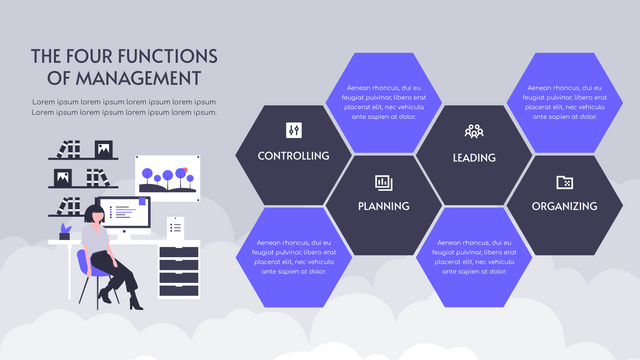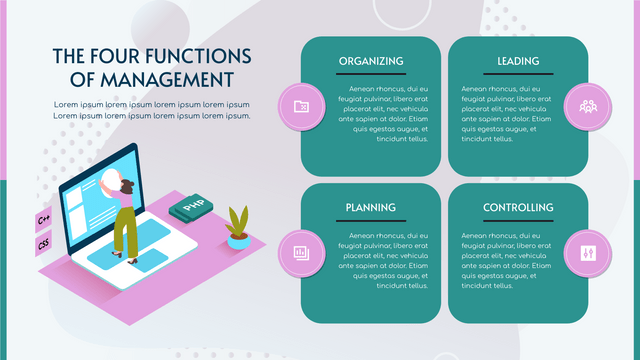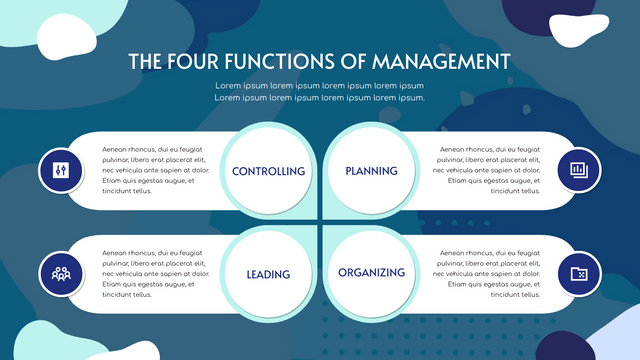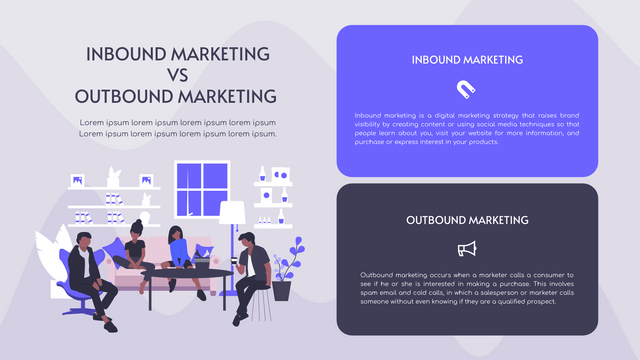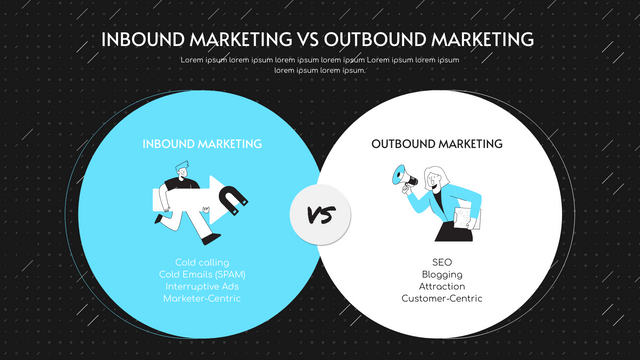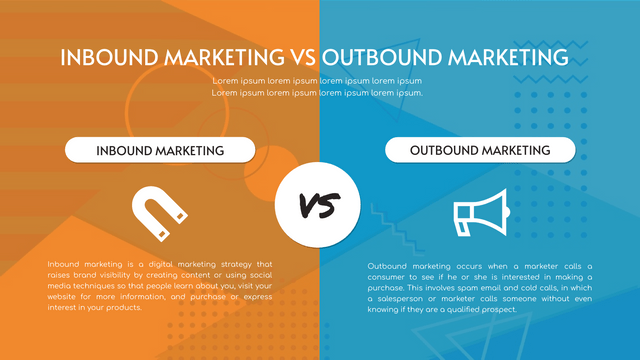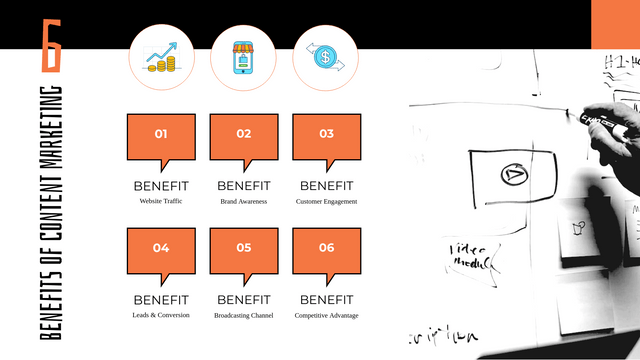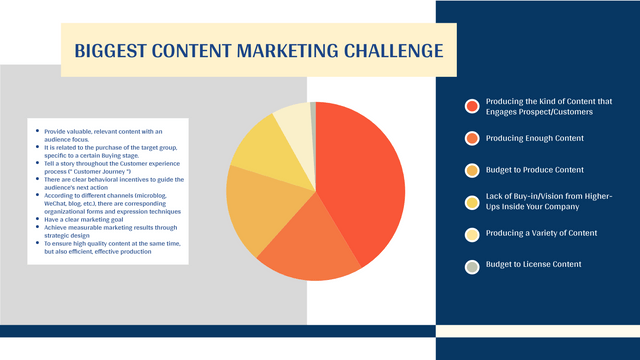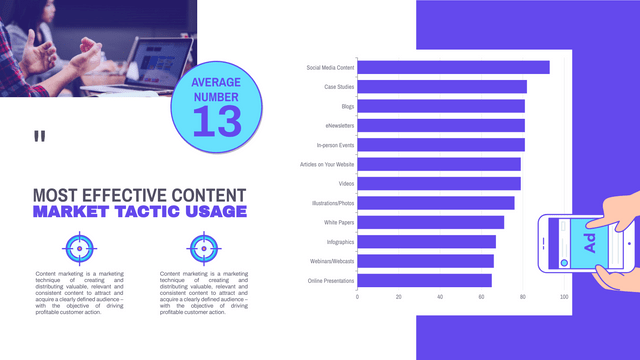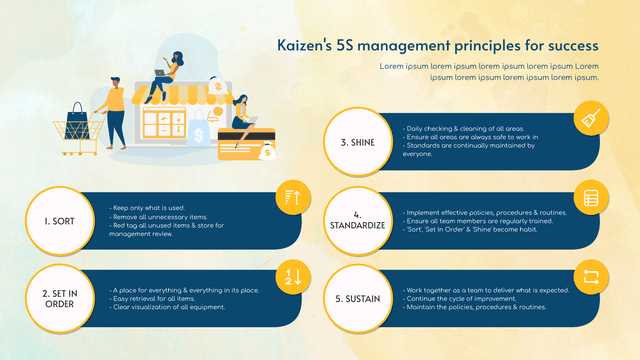What is Porter's Generic Strategy?
Which do you prefer when you fly?
A low-cost airline
An operator with high quality and comfort
Would you consider a small company that operates only a few lines?
Of course, the choice is up to you. However, what we're saying is that when you book a ticket, there are some very different options. Why is this happening? The answer is that these airlines have chosen different approaches to gain a competitive advantage in crowded markets. We can use different strategies to increase our competitive advantage.
Porter's three strategies for improving competitive advantage
Porter suggested three strategies to improve competitive advantages. The methods are examples of "universal strategies" because they can be applied to products or services in all industries and organizations of all sizes. Porter calls them: 1) cost leadership (no frills), 2) differentiation (creating uniquely desirable products and services) and 3) focus (providing specialist services in niche markets).
Cost Leadership: Some organizations may choose to minimize costs as a competitive strategy and pass on savings to customers in the form of lower prices. This helps them grab market share and ensure that planes are as full as possible, further reducing costs.
Differentiation: Luxury airlines, on the other hand, focus on making the service as good as possible, so they can demand higher prices to compensate for higher costs.
Focus: At the same time, smaller airlines try to use their detailed knowledge of a handful of routes to offer better or cheaper service than their big international rivals.
Porter's Generic Strategy Diagram Template
Here is a Porter's Generic Strategy template created with Visual Paradigm's online strategic analysis tool. You can customize this template by modifying the text, color and font, and use it in your presentations and reports.

